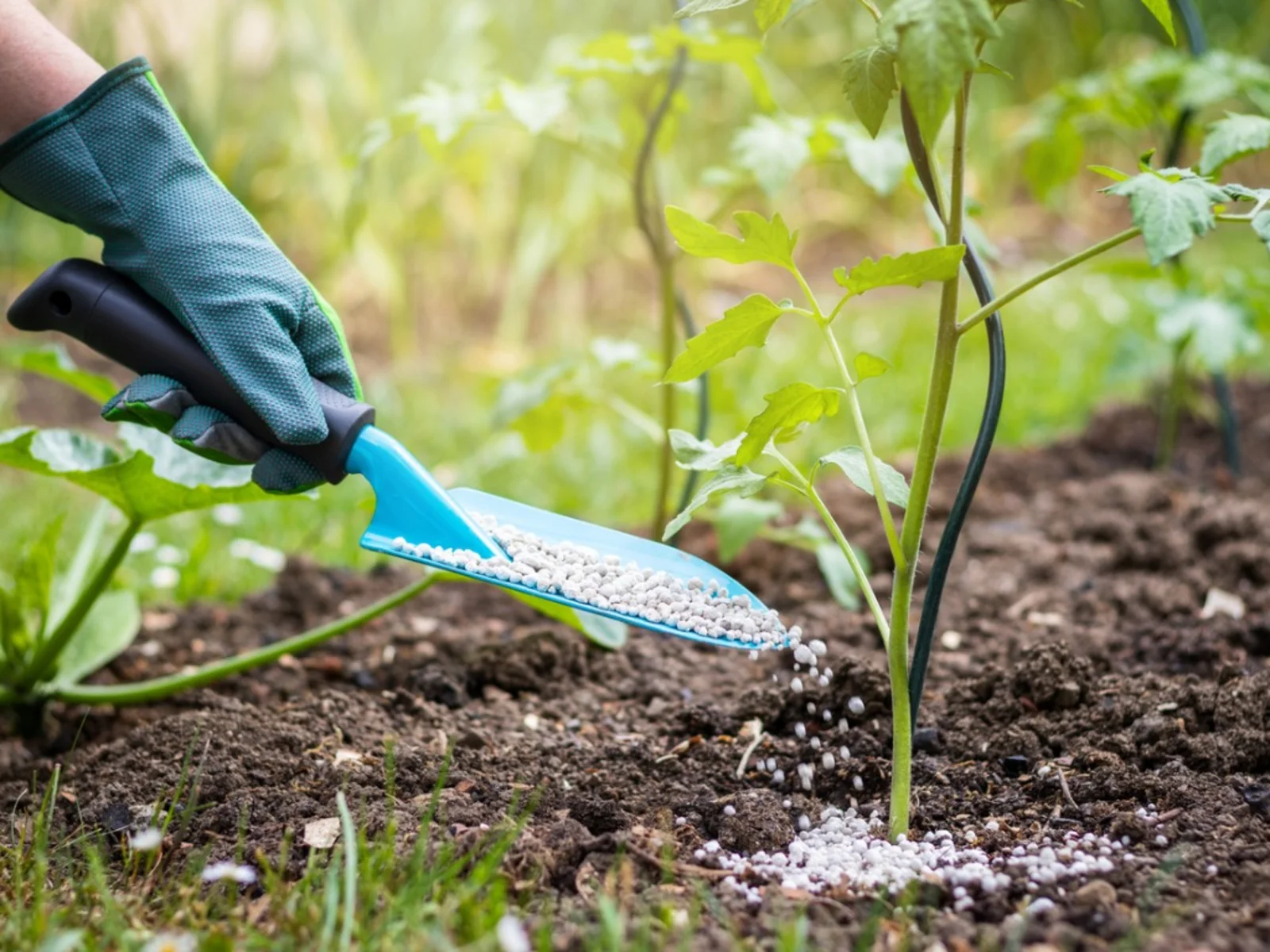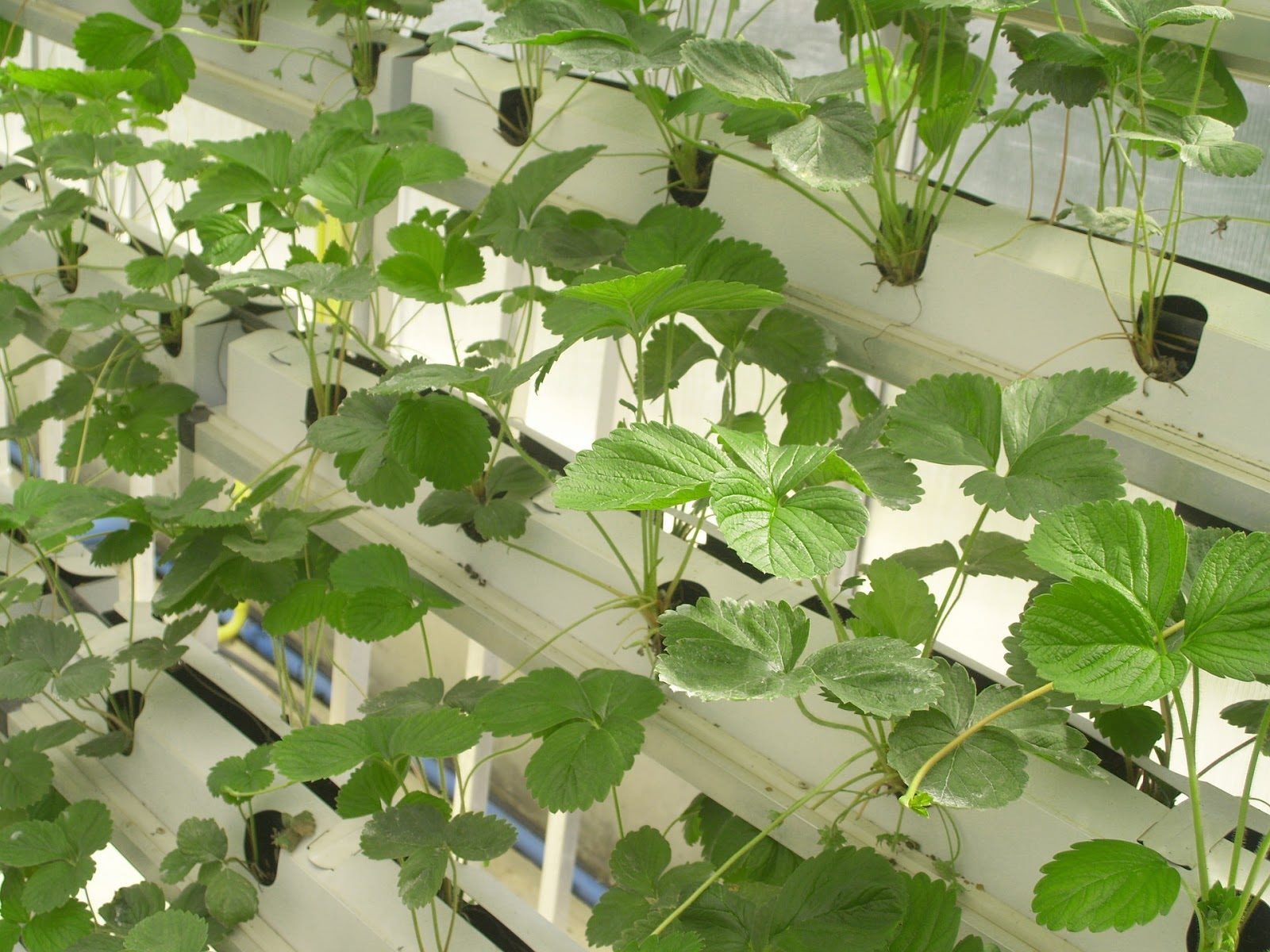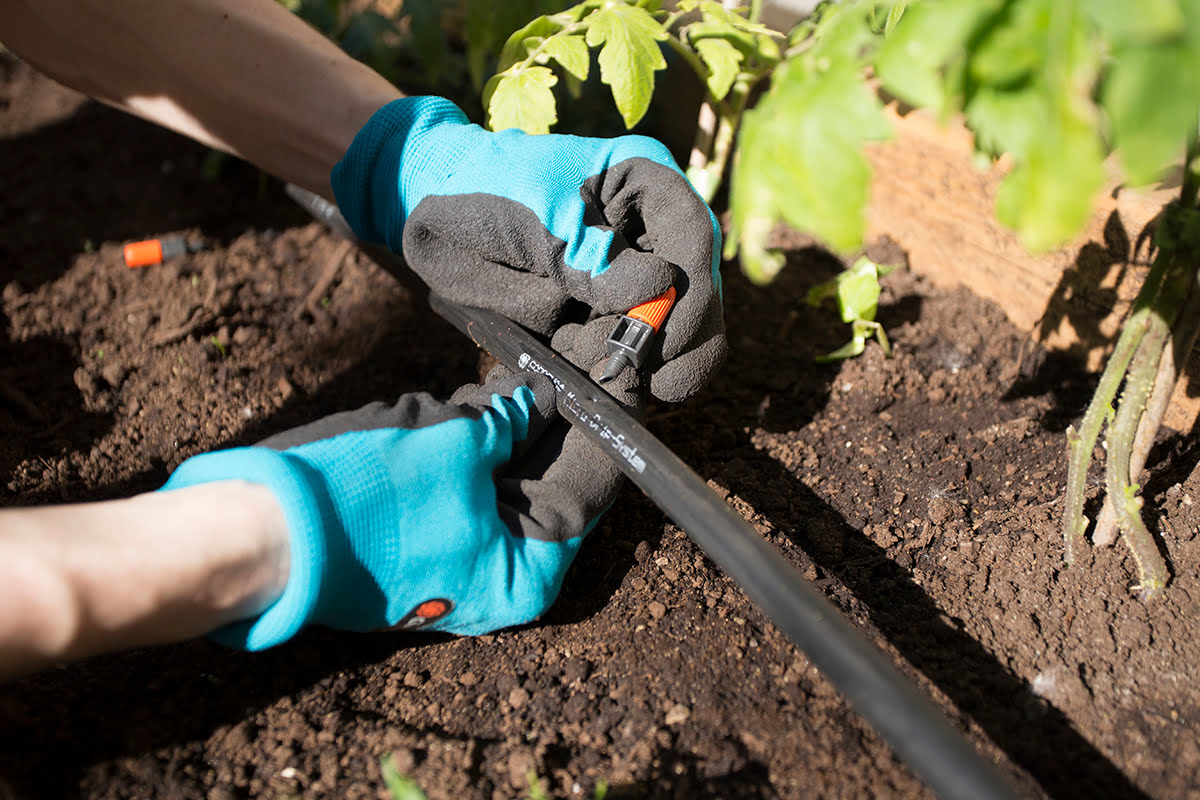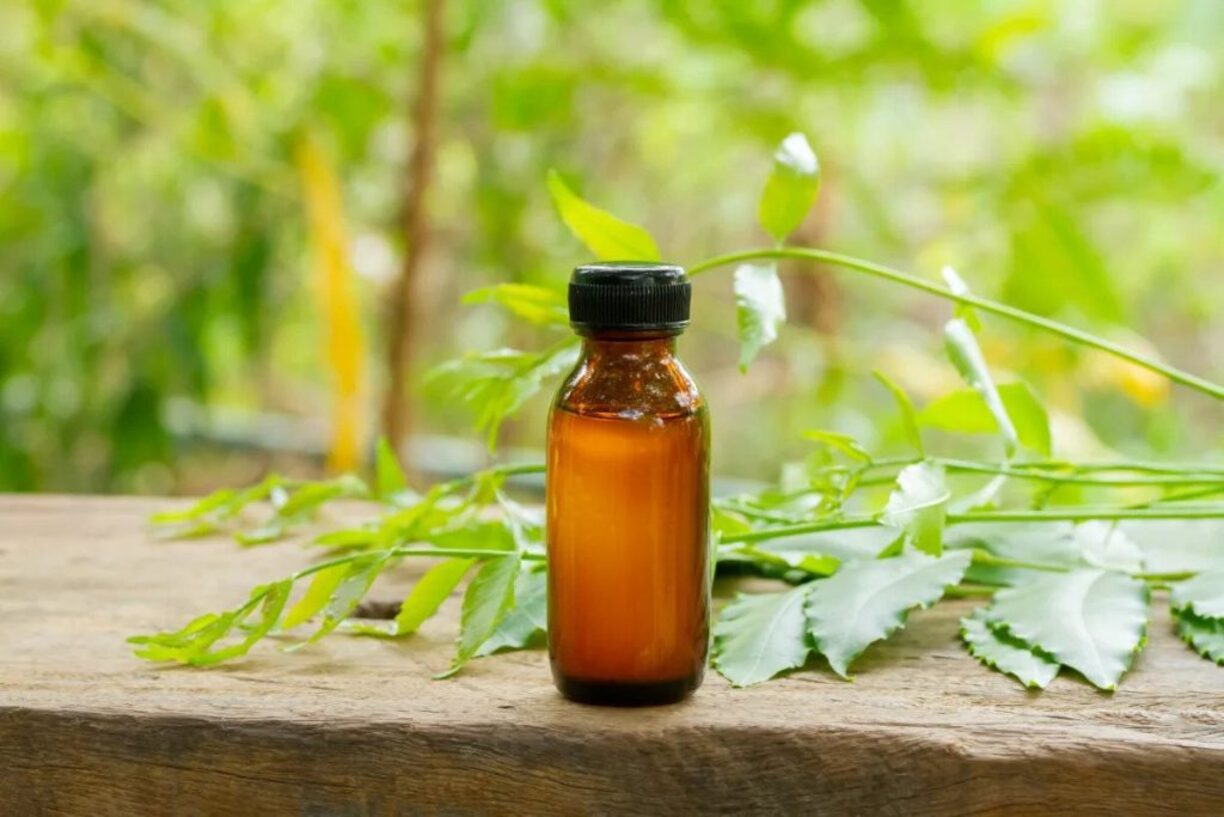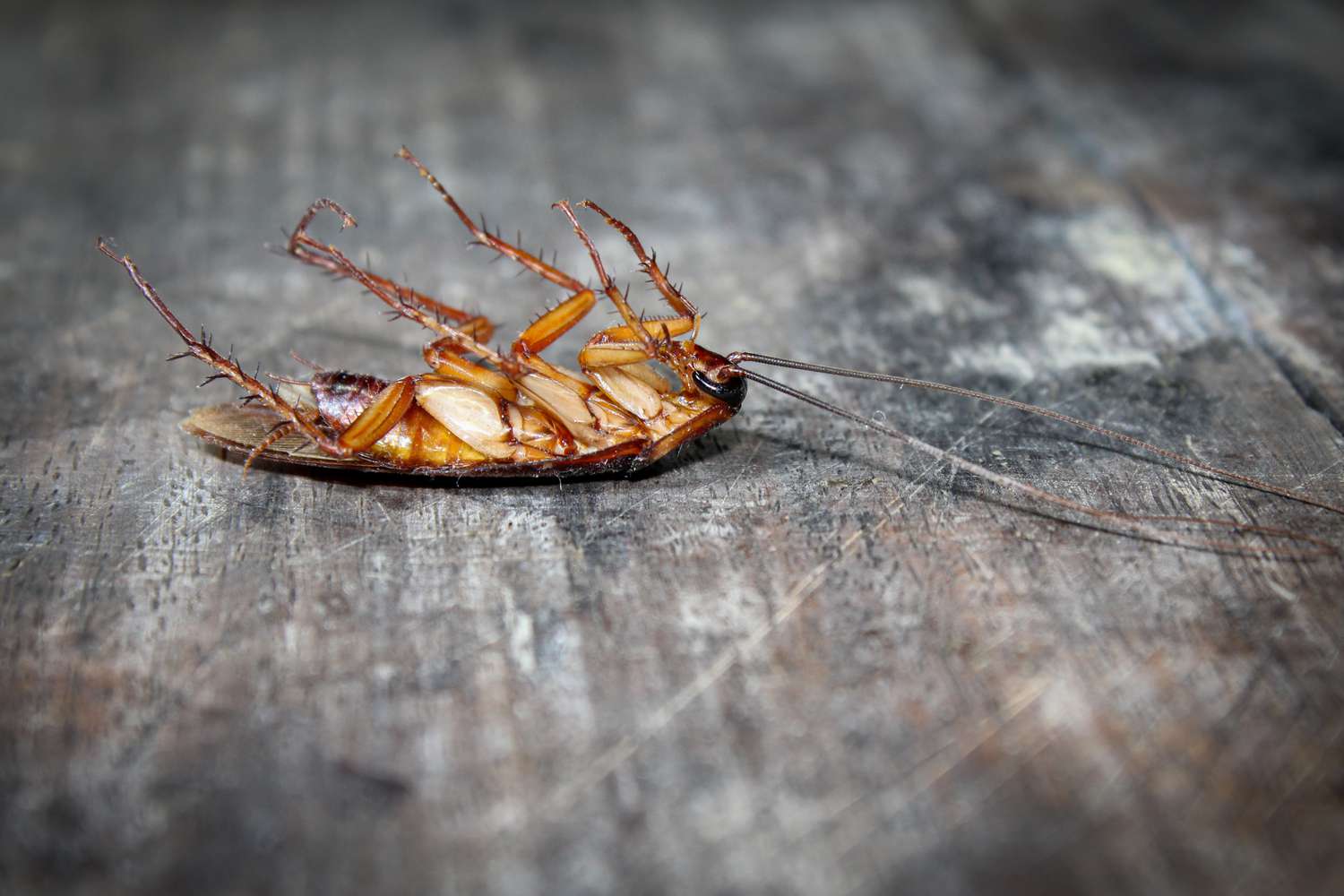Home>Gardening News and Trends>Gardening Trends>How To Add Mycorrhizae To Soil Naturally


Gardening Trends
How To Add Mycorrhizae To Soil Naturally
Published: February 9, 2024
Learn how to naturally add mycorrhizae to your soil in order to enhance your gardening experience. Discover the latest gardening trends and techniques for optimal plant growth.
(Many of the links in this article redirect to a specific reviewed product. Your purchase of these products through affiliate links helps to generate commission for Chicagolandgardening.com, at no extra cost. Learn more)
Table of Contents
Introduction
Welcome to the wonderful world of gardening! Whether you are an experienced gardener or just starting out, there is always something new to learn and explore. One of the hottest trends in gardening today is the use of mycorrhizae in soil. This natural symbiotic relationship between plant roots and fungi has been garnering attention for its remarkable benefits and sustainable gardening practices.
But you may be wondering, what exactly is mycorrhizae and why is it so important for healthy plant growth? In this article, we will delve into the world of mycorrhizae and guide you on how to add it to your soil in a natural and efficient way.
Mycorrhizae refers to the mutually beneficial partnership between plant roots and specialized fungi. The word “mycorrhizae” comes from the Greek words “mykes,” meaning fungus, and “rhiza,” meaning root. In this symbiotic relationship, the fungi colonize the roots of plants, forming a network that enhances nutrient uptake and improves overall plant health.
The benefits of mycorrhizae in the soil are numerous. Firstly, these fungi act as an extension of the plant’s root system, increasing the surface area for nutrient absorption. This allows plants to access nutrients that might otherwise be unavailable, such as phosphorus and micronutrients.
Additionally, mycorrhizae improve soil structure by binding soil particles together, creating aggregates that improve water infiltration and retention. This can be especially beneficial in dry or compacted soils, as it enhances moisture availability to plants and reduces the risk of water runoff.
Furthermore, mycorrhizae also play a crucial role in enhancing plant resistance to diseases and pests. The fungi form a protective barrier around the plant roots, preventing harmful pathogens from infecting the plants. This results in stronger and healthier plants that are better equipped to withstand environmental stressors.
Now that you understand the importance of mycorrhizae, let’s explore the different types of mycorrhizae and natural sources from which you can obtain them. By incorporating these beneficial fungi into your garden, you can create a thriving and sustainable ecosystem that supports robust plant growth and yields.
What is Mycorrhizae?
Mycorrhizae are a mutually beneficial symbiotic relationship between plant roots and specialized fungi. The word “mycorrhizae” comes from the Greek words “mykes,” meaning fungus, and “rhiza,” meaning root. In this unique partnership, the fungi colonize the roots of plants, forming a network that enhances nutrient uptake and improves overall plant health.
When mycorrhizae fungi attach themselves to plant roots, they form a web-like structure called a mycelium. This mycelium extends beyond the reach of the plant’s roots, effectively increasing the surface area available for nutrient absorption. This extension of the root system allows the plant to access nutrients that might otherwise be inaccessible, such as phosphorus and micronutrients.
The relationship between plants and mycorrhizae is truly remarkable. The plant provides the fungi with sugars produced through photosynthesis, while the fungi in return deliver essential nutrients, particularly phosphorus and nitrogen, to the plant. This exchange is essential for healthy plant growth and development.
There are two main types of mycorrhizae: ectomycorrhizae and endomycorrhizae. Ectomycorrhizal fungi form a sheath around the plant roots, creating a protective barrier that enhances nutrient uptake. This type of mycorrhizae is commonly associated with trees and woody plants.
On the other hand, endomycorrhizal fungi, also known as arbuscular mycorrhizae, penetrate the root cells of plants, forming highly branched structures called arbuscules. These arbuscules greatly increase the surface area of the root system, allowing for improved nutrient exchange.
The benefits of mycorrhizae extend beyond nutrient uptake. These fungi also play a crucial role in improving soil structure and enhancing plant resilience to disease and pests. When mycorrhizae colonize the soil, they bind soil particles together, creating aggregates that improve water infiltration and retention. This helps prevent soil erosion and promotes healthy root development.
Furthermore, mycorrhizae form a protective barrier around plant roots, effectively shielding them from harmful pathogens. The presence of mycorrhizae in the soil can enhance plant resistance to diseases and pests, leading to stronger, healthier plants that are better equipped to withstand environmental stressors.
Now that we have a better understanding of what mycorrhizae are and their importance for plant growth, let us explore the benefits of adding mycorrhizae to soil and the various ways it can be achieved naturally.
Benefits of Adding Mycorrhizae to Soil
The addition of mycorrhizae to soil offers numerous benefits that can greatly improve plant growth and overall garden health. Let’s explore some of the key advantages of incorporating mycorrhizae into your gardening practices:
- Enhanced Nutrient Uptake: One of the primary benefits of mycorrhizae is their ability to enhance nutrient uptake in plants. The fungal threads extend far beyond the reach of plant roots, accessing nutrients that would otherwise be unavailable to the plants. This is particularly beneficial for acquiring phosphorus, which is often present in forms that are difficult for plants to absorb.
- Improved Water Retention: Mycorrhizae also play a crucial role in improving soil structure and water retention. The mycelium produced by the fungi helps create aggregates in the soil, improving its ability to hold and retain moisture. This can be especially beneficial in sandy or dry soils, where water tends to drain quickly.
- Enhanced Plant Health: By supporting optimal nutrient uptake and water retention, mycorrhizae contribute to overall plant health and vigor. Plants with a well-established mycorrhizal network are better equipped to withstand environmental stressors such as drought and nutrient deficiencies. They are also more resistant to diseases and pests.
- Increased Yields: The improved nutrient availability and enhanced plant health provided by mycorrhizae can lead to increased yields in your garden. Plants that have access to a diverse range of nutrients are more productive and can produce higher-quality fruits, vegetables, and flowers.
- Sustainable Gardening: Incorporating mycorrhizae into your gardening practices promotes sustainability. The fungi improve nutrient cycling in the soil, reducing the need for synthetic fertilizers. They also help in reducing water consumption by enhancing water retention in the soil.
It is important to note that the benefits of mycorrhizae may vary depending on your specific soil conditions and the types of plants you are growing. However, in general, adding mycorrhizae to soil can significantly improve plant performance and create a more resilient and sustainable garden ecosystem.
Now that we understand the benefits of mycorrhizae, let’s explore the different types of mycorrhizae and the natural sources from which we can obtain them.
Types of Mycorrhizae
Mycorrhizae come in different forms, with each type playing a unique role in supporting plant growth and nutrient uptake. Understanding these different types can help gardeners choose the most suitable mycorrhizae for their specific plants and soil conditions. Let’s explore the main types of mycorrhizae:
- Ectomycorrhizae: Ectomycorrhizal fungi form a sheath around the plant roots, creating a protective barrier that enhances nutrient uptake. These fungi are commonly associated with trees, including conifers and deciduous trees. They form a symbiotic relationship with the roots of these trees, supporting their growth and survival. Ectomycorrhizae are particularly important in forest ecosystems, where they play a vital role in nutrient cycling and maintaining healthy soil conditions.
- Endomycorrhizae (Arbuscular Mycorrhizae): Endomycorrhizal fungi, also known as arbuscular mycorrhizae, penetrate the root cells of plants, forming highly branched structures called arbuscules. These fungi have a wide host range and can form symbiotic relationships with a variety of plants, including crops, grasses, and flowering plants. Arbuscular mycorrhizae are the most prevalent type of mycorrhizae in nature and play a crucial role in improving nutrient uptake, especially phosphorus.
- Ericoid Mycorrhizae: Ericoid mycorrhizae are specialized fungi that form associations with plants in the heath family, such as blueberries, rhododendrons, and heather. These fungi help these plants thrive in acidic, nutrient-poor soils by aiding in nutrient absorption and improving plant tolerance to environmental stresses.
- Orchid Mycorrhizae: Orchids have a unique type of mycorrhizal association called orchid mycorrhizae. In this symbiotic relationship, fungal partners are essential for the germination of orchid seeds and subsequent growth. Orchid mycorrhizae are specific to certain species of fungi, and without their presence, orchids struggle to survive and reproduce in the wild.
Each type of mycorrhizae has its own specific characteristics and benefits. Understanding the different types allows gardeners to select the appropriate mycorrhizae for their plants and growing conditions. Whether you are growing trees, crops, or ornamental plants, there is likely a suitable mycorrhizal relationship that can enhance their growth and overall health.
Now that we have explored the different types of mycorrhizae, let’s dive into the natural sources from which we can obtain these beneficial fungi.
Natural Sources of Mycorrhizae
Mycorrhizae naturally occur in various environments, and harnessing these natural sources can be an effective way to introduce these beneficial fungi into the soil. Understanding the natural sources of mycorrhizae can help gardeners utilize them in their gardening practices. Let’s explore some of the main natural sources of mycorrhizae:
- Native Soil: One of the simplest ways to introduce mycorrhizae into your garden is by using native soil. Native soil contains a diverse range of mycorrhizal fungi that are well adapted to the local environment. By incorporating native soil into your planting beds or using it as a top dressing, you can introduce these beneficial fungi and establish a healthy mycorrhizal network in your garden.
- Compost: Compost is another natural source of mycorrhizae. During the composting process, organic matter breaks down, creating an ideal environment for beneficial fungi to thrive. Incorporating compost into your soil can introduce mycorrhizae and improve the overall health and fertility of your garden. Look for compost that is rich in organic matter and has undergone a proper composting process.
- Leaf Litter and Mulch: Leaf litter and organic mulch can also serve as natural sources of mycorrhizae. Fallen leaves and plant debris provide a habitat for mycorrhizal fungi to grow and flourish. By leaving leaf litter on the soil surface or applying organic mulch around your plants, you can provide a conducive environment for mycorrhizae to establish and support plant growth.
- Native Plant Communities: Native plant communities are often rich in mycorrhizal fungi. In areas where there are natural ecosystems or undisturbed landscapes, the soils are typically teeming with diverse mycorrhizal species. Establishing native plant communities in your garden can help introduce these beneficial fungi and create a more sustainable and resilient ecosystem.
- Rooted Cuttings or Transplants: Another way to introduce mycorrhizae to your garden is by using rooted cuttings or transplants from mycorrhizal plants. These plants have an established mycorrhizal network, and when planted in your garden, they can transfer the mycorrhizal fungi to the surrounding soil. Look for plants labeled as mycorrhizal or consult with local nurseries to find suitable varieties.
By harnessing these natural sources of mycorrhizae, you can introduce these beneficial fungi into your garden and create a thriving, interconnected network of plant roots and fungi. However, it’s important to note that not all soils and environments will have abundant mycorrhizae naturally present. In such cases, supplementing with commercial mycorrhizal products can be an effective way to introduce these fungi.
Now that we have explored the natural sources of mycorrhizae, let’s move on to discussing the various ways you can add mycorrhizae to soil naturally.
Ways to Add Mycorrhizae to Soil Naturally
Adding mycorrhizae to soil naturally can be a simple and effective way to enhance the health and fertility of your garden. Let’s explore some of the ways you can incorporate mycorrhizae into your soil:
- Plant Mycorrhizal Host Plants: One of the easiest ways to introduce mycorrhizae to your garden is by planting mycorrhizal host plants. These are plants that have a natural symbiotic relationship with mycorrhizal fungi. By including plants such as legumes, grasses, and many native species in your garden, you can establish a mycorrhizal network in the soil and support the growth of other non-mycorrhizal plants.
- Use Mycorrhizal Inoculants: Mycorrhizal inoculants are commercially available products that contain a concentrated dose of mycorrhizal fungi. These inoculants are easy to use and can be applied during planting or as a soil drench. Simply follow the instructions on the product label to ensure proper application. Be sure to choose a mycorrhizal inoculant that is suitable for the specific types of plants you are growing.
- Incorporate Organic Matter: Adding organic matter to your soil can promote the growth of mycorrhizal fungi. Organic matter enhances the soil’s ability to retain water and provides an ideal habitat for mycorrhizae to thrive. Incorporate compost, well-rotted manure, leaf litter, and other organic materials into your soil to improve its fertility and increase the presence of beneficial fungi.
- Practice Minimal Soil Disturbance: Excessive tilling and soil disturbance can disrupt the delicate mycorrhizal networks in the soil. To preserve and encourage the growth of mycorrhizae, practice minimal soil disturbance. Instead of tilling, consider using techniques like mulching, lasagna gardening, or no-till gardening methods. These practices help maintain the integrity of the mycorrhizal network and allow the fungi to flourish.
- Avoid Chemical Fertilizers and Pesticides: Chemical fertilizers and pesticides can negatively impact mycorrhizal fungi. These substances can disrupt the symbiotic relationship between plants and fungi, hindering nutrient uptake and overall plant health. Whenever possible, opt for organic fertilizers and natural pest control methods to minimize harm to mycorrhizae in the soil.
By implementing these natural methods, you can gradually build a thriving mycorrhizal network in your garden soil. Remember to be patient, as it may take time for mycorrhizal fungi to establish and spread throughout the roots of your plants. By supporting the growth of mycorrhizae, you are nurturing a sustainable and resilient garden ecosystem.
Now that we have explored the ways to add mycorrhizae to soil naturally, let’s wrap up our discussion and reflect on the importance of incorporating these beneficial fungi into your gardening practices.
Conclusion
Incorporating mycorrhizae into your gardening practices is a sustainable and effective way to boost plant health, improve nutrient uptake, and create a thriving garden ecosystem. The symbiotic relationship between plant roots and mycorrhizal fungi offers numerous benefits, including enhanced nutrient absorption, improved water retention, and increased plant resistance to diseases and pests.
By understanding the different types of mycorrhizae and the natural sources from which they can be obtained, you can harness the power of these beneficial fungi. Native soil, compost, leaf litter, and rooted cuttings from mycorrhizal plants are all excellent natural sources of mycorrhizae that can be utilized in your garden.
There are also commercially available mycorrhizal inoculants that provide a concentrated dose of mycorrhizal fungi. These inoculants are convenient to use and can be applied during planting or as a soil drench, following the instructions provided.
When adding mycorrhizae to your soil, remember to minimize soil disturbance, avoid chemical fertilizers and pesticides, and incorporate organic matter to promote the growth and establishment of mycorrhizal networks. These practices will create a sustainable and resilient garden ecosystem that supports healthy plant growth and yields.
As you embark on your gardening journey, keep in mind that mycorrhizae are not a one-time solution. It may take time for mycorrhizal fungi to establish and spread, so be patient and consistent in your practices. With time, you will reap the rewards of a thriving garden filled with nutrient-rich soil, vibrant plants, and bountiful harvests.
So, embrace the power of mycorrhizae and let these beneficial fungi work their magic in your garden. By fostering this symbiotic relationship, you are not only enhancing the health and vitality of your plants, but also contributing to a more sustainable and resilient gardening ecosystem.
